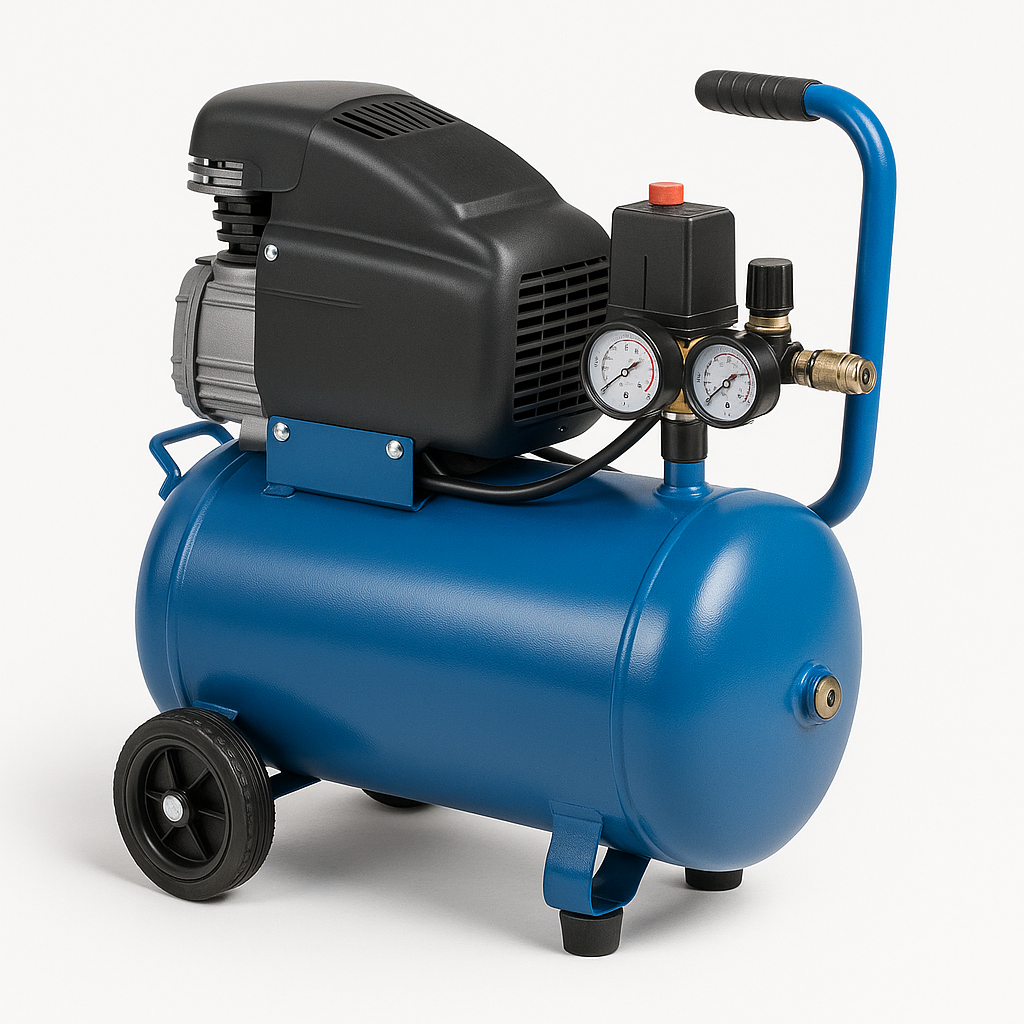
Winkelschleifer Auf Akku Kaufen
Add a review FollowOverview
-
Founded Date April 11, 1969
-
Sectors Accounting / Finance
-
Posted Jobs 0
-
Viewed 2
Company Description
5 Killer Quora Answers To Long-Neck Sander Test
Understanding the Long-Neck Sander Test: An Overview for Professionals
The long-neck sander test is a crucial evaluation in numerous construction and painting projects, primarily focusing on accomplishing smooth finishes on big surface areas. This blog site post aims to notify specialists about the specifics of the long-neck sander test, its value, approach, and how it improves work quality in numerous trades. We’ll cover everything from common FAQs to specific information in tabular kind, guaranteeing a detailed understanding.

What is a Long-Neck Sander?
A long-neck sander, also referred to as a prolonged reach sander, is a tool developed for sanding big surfaces– particularly ceilings or tall walls– that would otherwise be tough to reach with standard sanders. The design typically includes a long handle connected to a sanding head, allowing users to achieve a smooth finish without the need for scaffolding or ladders.
| Kind Of Long-Neck Sanders | Description | Finest Use Case |
|---|---|---|
| Pneumatic Sanders | Air-powered, light-weight | Industrial and vehicle applications |
| Electric Sanders | Corded or cordless | Residential paint and drywall ending up |
| Manual Sanders | Hand-held but extended | Touch-ups and detail work |
Value of the Long-Neck Sander Test
The long-neck sander test serves numerous functions, consisting of:
-
Surface Quality Assurance: Oil-Free Compressor Price Comparison Ensuring that a surface is consistent and devoid of imperfections might avoid problems in subsequent work phases, such as painting or sealing.
-
Functional Efficiency: By assessing the efficiency of a long-neck sander, professionals can identify the right approach and techniques that will save time and resources.
-
Security Assurance: Reducing the requirement for scaffolding or comprehensive ladder work reduces fall risks, thus promoting a safer workplace.
Approach of the Long-Neck Sander Test
Carrying out a long-neck sander test involves numerous actions that make sure both quality and effectiveness.
-
Preparation:
- Obtain the needed tools: long-neck sander, sandpaper of various grits, dust mask, safety goggles.
- Ensure the workspace is clear of debris.
-
Test Surface Selection:
- Choose a section of the product you prepare to sand. This could be drywall, wood, or other surfaces.
-
Sanding Technique Assessment:
- Evaluate the different sanding strategies such as orbital, linear, and cross-sanding.
- Exzenterschleifer 150mm Test various grits to identify optimum results for the product.
-
Observation and Measurement:
- Visually check for scratches, disproportion, or any indications of imperfection.
- Usage sanders with specs that permit measurement for precise results.
-
Paperwork:
- Record findings, Oil-Free Compressor Price Comparison consisting of surface condition before and after sanding.
- Note any issues came across and potential resolutions.
Common Issues and Solutions
Throughout the long-neck sander screening procedure, various problems can occur. Here’s a table summing up the typical issues and their options:
| Issue | Prospective Cause | Service |
|---|---|---|
| Uneven surface after sanding | Incorrect sanding technique | Change strategy, attempt various angles |
| Extreme dust accumulation | Poor vacuum attachment | Make sure proper vacuum connection |
| Gouged surface area | Too coarse sandpaper | Start with finer grit sandpaper |
| Device overheating | Extended use or incorrect upkeep | Permit a cooling period and check motor performance |
FAQs About the Long-Neck Sander Test
1. What types of surface areas can a long-neck sander be used on?
Long-neck sanders are ideal for drywall, plaster, wood, and some concrete surfaces. Each surface area may need particular sanding pads or methods.
2. How do I understand which grit sandpaper to use?
Selecting the ideal grit includes starting with a coarser grit for heavy product elimination, then moving towards finer grits for raveling the surface area.
3. Is a long-neck sander needed for little tasks?
While useful for large locations, for small tasks or details, a manual sander may suffice. Nevertheless, Ölfreier Kompressor Preisvergleich utilizing a long-neck sander normally provides a more uniform surface.
4. Are there any safety issues related to using a long-neck sander?
Yes, it is important to use safety goggles and a dust mask to avoid breathing in dust and avoid eye irritation. Additionally, guarantee appropriate body posture to prevent stress.
5. How often should the sandpaper be altered?
The frequency of sandpaper replacement varies depending upon the product being worked on and the depth of sanding. Normally, once the sandpaper appears blocked or inefficient, it needs to be changed.
The long-neck sander test is a vital process in numerous building and completing applications, making sure high requirements of quality and safety. By comprehending the different approaches, possible problems, and FAQs surrounding this tool, specialists in the field can improve their workflow and deliver extraordinary outcomes consistently.
Investing time in mastering long-neck sander methods will not only improve surface finishes but also contribute to a more efficient and safer workplace. Whether dealing with massive business projects or smaller residential ones, the tools and knowledge originated from the long-neck sander test are indispensable assets.


